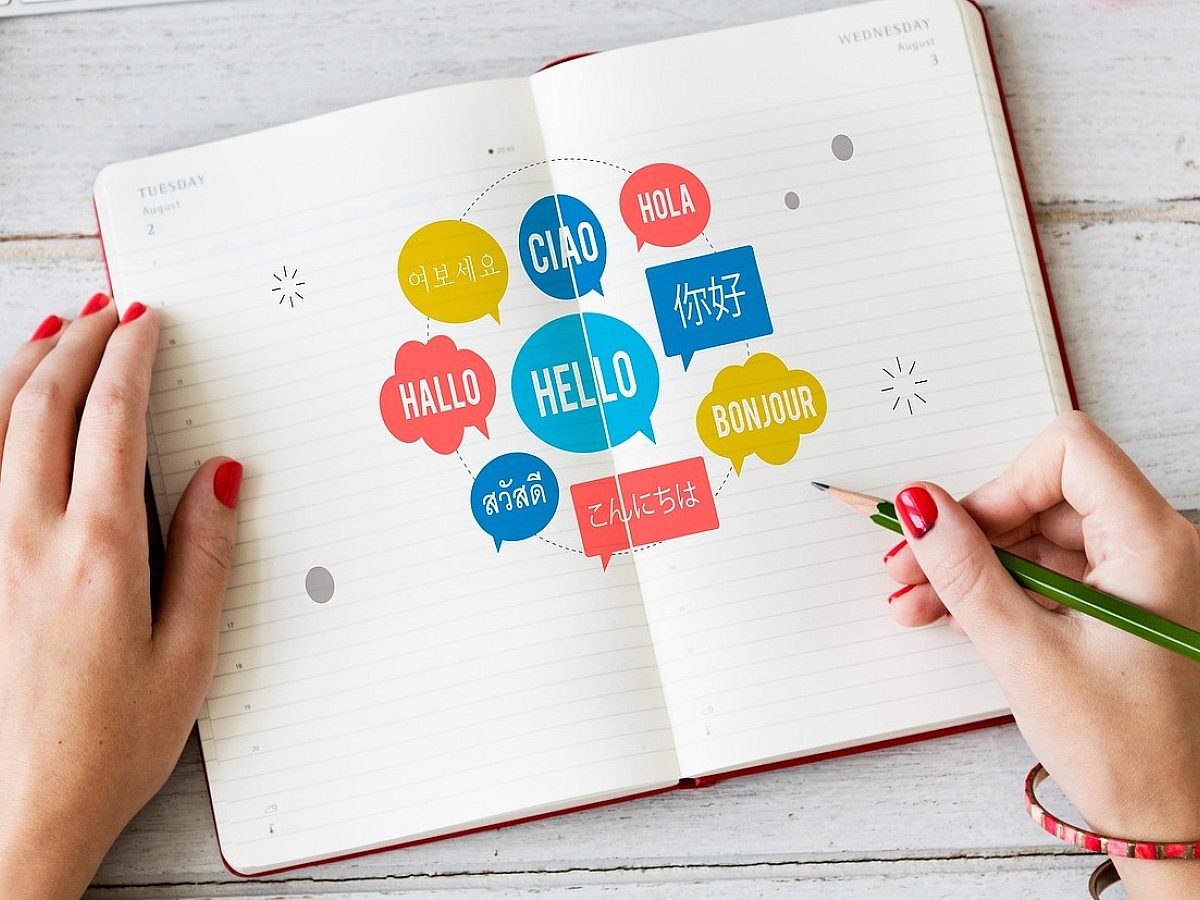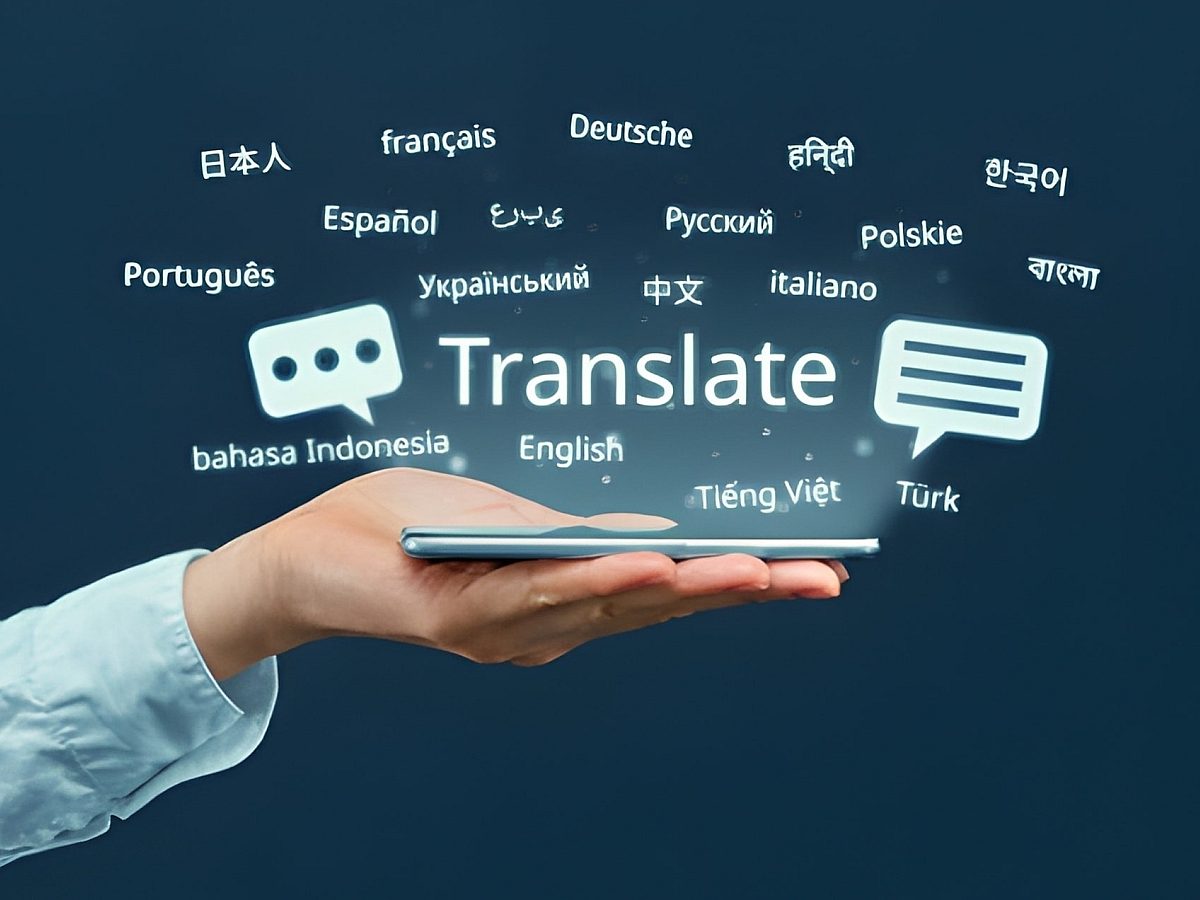Advanced AI tools such as ChatGPT, Bard, and MidJourney are redefining marketing at its core. These tools offer the opportunity to skyrocket productivity at low cost. For example, AI article writers can produce hundreds of articles in the time it takes a human to create just one.
At first glance, it seems like a no-brainer to take full advantage and supercharge your efficiency. But it’s important not to go overboard with AI in marketing. Remember that at its heart, marketing is about communicating and building a human connection with your target. If you’re not careful, you may automate the humanity out of your campaigns and end up hurting your brand.
This isn’t to say that AI isn’t a useful tool for marketers. But like any other tech, you’ve got to learn to use it wisely to get the best results.
Below, you’ll find a quick guide on what to do (and what not to do) when incorporating AI into your marketing efforts.
But first, let’s take a look at the recent developments in AI for marketing—and some of the brands that have learned the hard way about its limits.
The Rise of AI in Marketing
AI has been a part of marketers’ toolkits for quite a few years. It’s been used to personalize ads, analyze data and coordinate email campaigns, among other tasks. But compared to the global AI market, marketers have been slow to adopt AI tools.
And it’s not hard to see why.
AI was previously relegated to repetitive mechanical tasks. It couldn’t engage with humans in a meaningful way, and for that reason, it wasn’t particularly useful to marketers.
But the launch of tools like ChatGPT and MidJourney changed everything. These tools, which generate text and images respectively, can effectively communicate with audiences.
Not only that, but they can perform countless tasks on command. From generating content to analyzing consumer data to predicting engagement, AI has become the “easy” button that makes marketers drool.
Let’s take ChatGPT, for instance — the most popular of today’s AI applications. The interface is simple: type in any prompt and the AI will spit out an email, ad or article as if it’s done hours of research on the subject.
And it has. The development of OpenAI’s ChatGPT involved feeding it the literal internet (prior to 2021, however).
So, the hard work of gathering and analyzing data is over. And the even harder work of creating content and engaging with target markets is now a piece of cake. Right?

Marketers Dream of Electric Sheep
Marketers across the globe were quick to incorporate the new AI tech into their campaigns. Some of the largest brands demonstrated a shocking level of trust in the technology despite the fact that it was untested by the public and still in the beta phase.
The backlash was soon to follow.
CNET, one of the most popular tech-focused publications, had been generating its articles using AI. Readers began to find errors in the content, and it was soon revealed that over half of CNET’s AI-generated articles contained inaccuracies.
But facts and figures are not the greatest threat to marketers.
The clothing brand Levi’s faced harsh scrutiny for generating AI fashion models in what it claimed was an attempt to increase diversity. The internet found their excuse laughable and the campaign highly problematic.
It’s very likely that in both examples, AI was used not to improve communications but to cut costs. And as a result, both brands alienated their targets.
At the end of the day, AI simply cannot replace the human brain. And it can’t (yet) replicate authentic human connections that build trust and authority.
That isn’t to say that AI doesn’t have numerous useful applications for marketers. But as marketers are in the business of communicating and building trust, it has to be used very carefully.
The key is to understand where it’s strong—and where it isn’t.
How To Use AI In Marketing
While AI will never replace the human brain, there are ways in which it surpasses it.
AI tools can spit out and analyze data instantly, so using it on the backend to do research is efficiency rocket fuel (just make sure to check the facts, as AI tools can sometimes invent information). AI is a great sidekick for audience research and data analysis.
AI can also be used to analyze competitors. Using AI to create a SWOT analysis, you can generate a detailed overview of your competition. Just feed ChatGPT information about your competitors and it can identify their strengths and weaknesses. It can even locate opportunities for your brand with pinpoint accuracy.
With the capacity for meticulous analysis comes extreme organizational skills, something the typical human brain tends to lack. You can use AI tools to plan your campaigns, make schedules, build content outlines, suggest tasks to be delegated and much more. Using your AI as a planning tool can streamline your entire campaign and boost productivity.
When it comes to SEO, AI is great at working keywords into human content organically. Just feed it your content and a list of keywords and ask it to include them naturally in the article. Boom.
But possibly the best way to use AI as a marketer? Consumer analysis.
The AI can detect consumer patterns, discerning their activities based on search activity. Instead of throwing darts in the dark and hoping to land a sale, the AI can show you exactly how to find your target based on their specific search patterns. AI can then generate ad templates targeted at users whose browser history aligns with your brand.
How Not To Use AI In Marketing
A big problem with AI is that its “thoughts” will never be original. Everything it produces is based on pre-existing content fed into it. So if you want your marketing materials to stand out from the pack, the worst thing you could do is turn to a device that can only draw from what’s been done before.
For this reason, the creative aspects of your campaigns (aka content) should be mostly human-generated.
People are incredibly discerning when it comes to human communication. That’s why the Turing Test has never been passed. And AI can’t really communicate. An AI may be able to imitate a trustworthy voice, but it can’t understand your target’s needs on a deeper level, achieving authentic communication that builds trust. Only a human can do that.
This is also why we don’t recommend using AI to translate marketing content for international markets. This would be akin to plugging your carefully crafted marketing materials into Google Translate—with the added risk that AI might say something culturally inappropriate.
Much like qualified content writers, human translators and localization experts like those at Wolfestone Group are able to craft targeted messages that resonate with audiences. This is because only humans can communicate effectively with other humans.
So, Should You Use AI In Marketing?
Of course. Marketers who don’t use AI will not survive. However, you’ve got to use it responsibly.
You should absolutely use it when it comes to anything involving patterns, facts or data analysis—all the stuff you do in the backend that doesn’t involve direct communication with consumers. AI should be used as the basis of your marketing campaigns and not for the creation of the campaigns themselves.
For anything creative, stick with human marketers. Article writing, social media posts, emails and translations should be human. This applies to sales too. If you want to sell effectively, humans need to make the pitches.
AI will continue to advance rapidly and some of the advice in this article may lose some of its relevance before too long. But the core of the message will remain true: Marketing is about communication, and in order to do that effectively, there must be a human on both ends.




